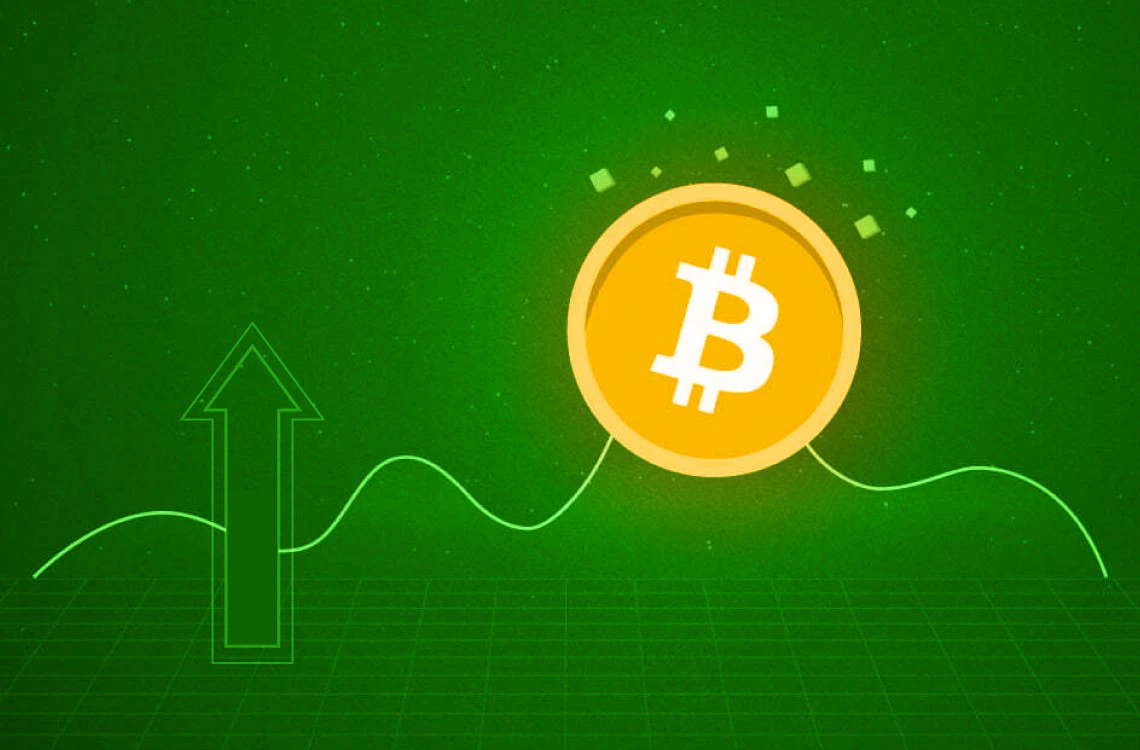Key Indicators for Cryptocurrency Price Predictions
Explore the top 15 crypto price prediction indicators that can help you navigate the dynamic world of cryptocurrency trading. From moving averages and RSI to Bollinger Bands and MACD, these essential tools provide valuable insights into market trends, potential price movements, and trading strategies.

As of November 12, 2024, the cryptocurrency landscape is shaped by various indicators that help forecast price movements. Notable trends include a surge in institutional adoption and retail participation, which are pivotal for the market's growth.
1. Bitcoin (BTC)
- Projected Range: $42,000 to $100,000
- Stretched Target: $150,000 (medium probability)
- Bitcoin's bullish outlook is supported by increasing institutional interest and market momentum.
2. Ethereum (ETH)
- Projected Range: $2,560 to $5,555
- Stretched Target: > $5,750 (low probability)
- Growth driven by advancements in Ethereum 2.0 and DeFi adoption.
3. Solana (SOL)
- Projected Range: $100 to $500
- Stretched Target: $750 (low probability)
- Continued development and scalability improvements are essential for reaching upper targets.
4. Ripple (XRP)
- Projected Range: $0.62 to $2.90
- Stretched Target: > $3.1 (low probability)
- Regulatory clarity will be crucial for XRP's price trajectory.
5. Binance Coin (BNB)
- Projected Range: $505 to $728
- Stretched Target: $1,444 (low probability)
- Performance influenced by Binance's market expansion and blockchain upgrades.
6. Cardano (ADA)
- Projected Range: $0.266 to $1.104
- Stretched Target: $1.95 (low probability)
- Institutional interest and technological enhancements are key drivers.
7. Polkadot (DOT)
- Projected Range: $3.55 to $14.04
- Stretched Target: $23.45 (low probability)
- Breaking above critical Fibonacci levels could signal bullish reversals.
8. Avalanche (AVAX)
- Projected Range: $14.90 to $69.37
- Stretched Target: > $72.50 (low probability)
- Institutional adoption and tokenization could drive price towards the upper range.
9. Dogecoin (DOGE)
- Projected Range: $0.09 to $0.25
- Stretched Target: $0.66 (low probability)
- Broader adoption and market sentiment will be crucial for sustaining gains.
10. Chainlink (LINK)
- Projected Range: $7.00 to $25.00
- Stretched Target: $40 (low probability)
- Its role in enhancing smart contracts will drive price movements.
11. Shiba Inu (SHIB)
- Projected Range: $0.0000101 to $0.0000484
- Stretched Target: $0.0000743 (low probability)
- Community support and potential integrations will be key drivers.
12. PEPE (PEPE)
- Projected Range: $0.0000380 to $0.0001770
- Stretched Target: $0.00044 (low probability)
- Market sentiment and social media trends will influence performance.
13. ICP (Internet Computer)
- Projected Range: $4.56 to $22.22
- Stretched Target: $42.40 (low probability)
- Institutional adoption and network upgrades will be significant.
14. Bitcoin Cash (BCH)
- Projected Range: $234 to $800
- Stretched Target: > $1,000 (low probability)
- Adoption and use case developments will be crucial for reaching projections.
15. Ondo (ONDO)
- Projected Range: $0.55 to $2.22
- Stretched Target: $4.4 (low probability)
- Institutional adoption and advancements in real-world asset integration could drive growth.
FAQ:
1. What are crypto price prediction indicators?
Crypto price prediction indicators are tools and metrics used to analyze market trends and forecast future price movements of cryptocurrencies.
2. Why are these indicators important?
These indicators help traders and investors make informed decisions by providing insights into market trends, potential entry and exit points, and overall market sentiment.
3. How do moving averages work?
Moving averages smooth out price data over a specified period, helping to identify the direction of market momentum. Common types include Simple Moving Average (SMA) and Exponential Moving Average (EMA).
4. What is the significance of the Relative Strength Index (RSI)?
The RSI measures the speed and change of price movements, indicating overbought or oversold conditions. An RSI above 70 suggests overbought conditions, while below 30 indicates oversold conditions.
5. How do Bollinger Bands assist in trading?
Bollinger Bands consist of a middle band (SMA) and two outer bands that indicate volatility. When the bands contract, it signals low volatility, while expansion indicates high volatility, helping traders identify potential price breakouts.
6. What does the Stochastic Oscillator indicate?
The Stochastic Oscillator compares a cryptocurrency's closing price to its price range over a specific period. It helps identify overbought (above 80) and oversold (below 20) conditions, signaling potential reversals.
7. How does the MACD (Moving Average Convergence Divergence) function?
The MACD measures momentum by illustrating the relationship between two moving averages. A crossover of the MACD line above the signal line indicates bullish momentum, while a crossover below suggests bearish momentum.
8. What role does the Fibonacci Retracement play in trading?
Fibonacci Retracement levels help identify potential support and resistance levels based on the Fibonacci sequence. Traders use these levels to set entry orders and stop-loss levels.
9. How can the On-Balance Volume (OBV) be utilized?
The OBV uses volume flow to predict price changes. A rising OBV indicates buying pressure, while a falling OBV suggests selling pressure, helping traders identify potential price reversals.
10. What is the purpose of the Directional Movement Index (DMI)?
The DMI helps determine the strength of a price trend. It consists of two main lines (+DI and -DI) that indicate bullish or bearish trends, along with the Average Directional Index (ADX) to assess trend strength.
11. How does the Chaikin Money Flow (CMF) work?
The CMF combines price and volume to measure buying and selling pressure. Positive values indicate buying pressure, while negative values suggest selling pressure, helping traders confirm trend direction.
12. What is the Rate of Change (ROC) indicator?
The ROC measures the percentage change in price over a specified period, highlighting the speed of price fluctuations. A positive ROC indicates bullish momentum, while a negative ROC suggests bearish momentum.
13. How does the Williams %R indicator function?
The Williams %R identifies overbought and oversold levels by comparing the closing price to the high-low range over a specified period. It ranges from -100 to 0, with readings above -20 indicating overbought conditions.
14. What is the significance of the Standard Deviation in crypto trading?
Standard Deviation measures price volatility. A high Standard Deviation indicates significant price fluctuations, while a low Standard Deviation suggests stability, helping traders assess risk.
15. How can traders effectively use these indicators?
Traders often combine multiple indicators to create a comprehensive trading strategy, enhancing their ability to predict market movements and manage risks effectively.
What's Your Reaction?
















